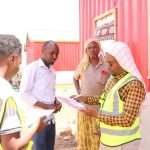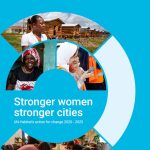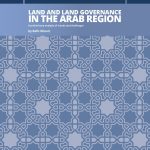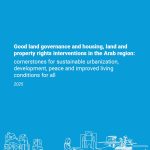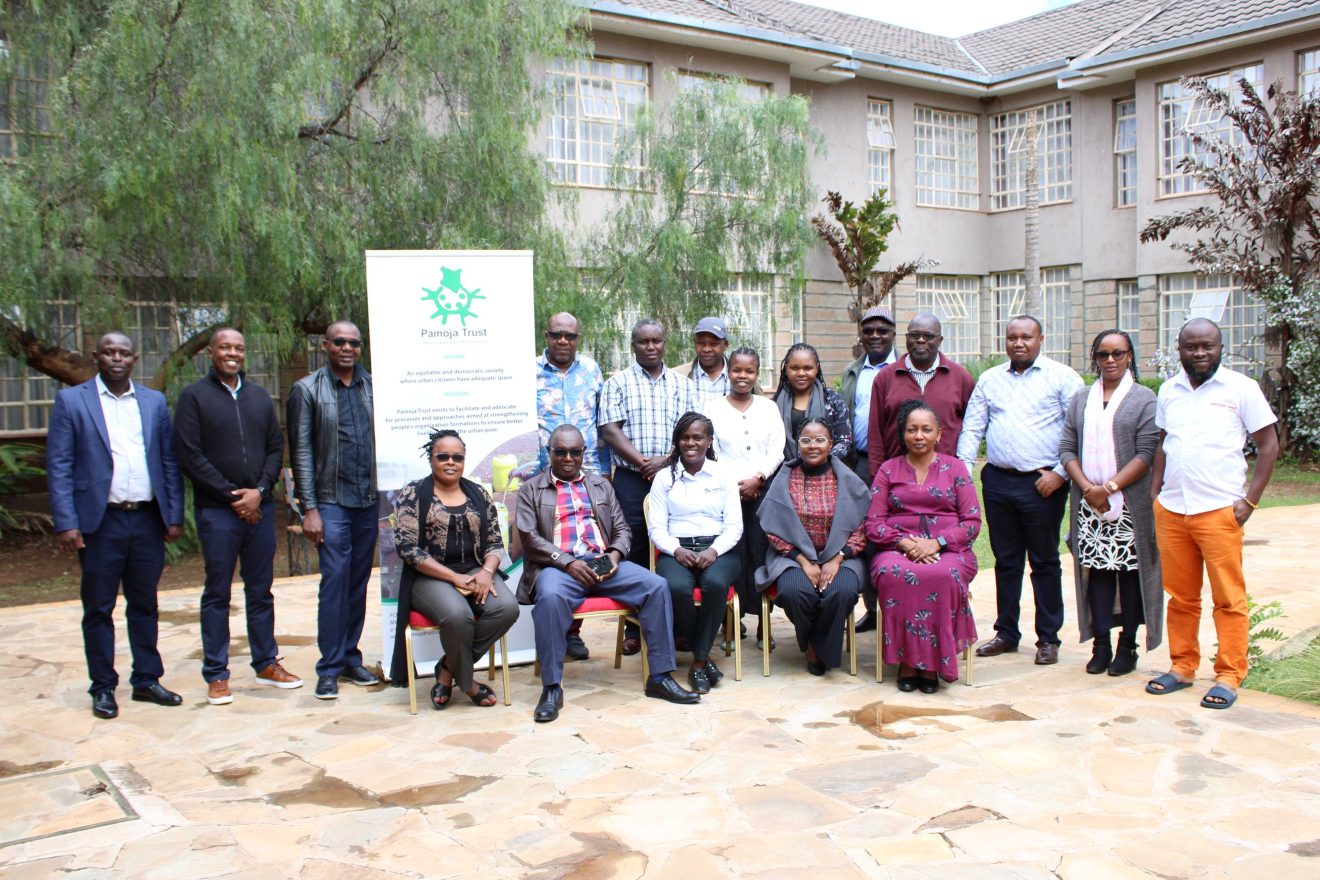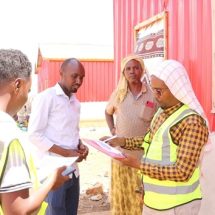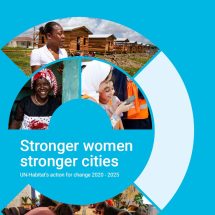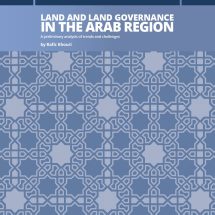A group of twenty experts from the Ministry of Lands, Civil Society Organisations, UN-Habitat and other land sectors came together in a writeshop event to develop a guide towards using the Community Land Act (CLA) of 2016 in registering land rights in the informal settlements in Kenya. The event, that took place from 14 to 16 November in Lukenya, rekindled an intense debate regarding the lack of explicit recognition of informal settlements during the drafting of the Community Land Act. A representative from the Ministry of Lands remarked “I don’t recall a discussion to include informal settlements in drafting the Act, in fact, this a good opportunity to assess the provisions in the Act for the registration of informal settlements”.
The Act, which was enacted in 2016, provides a robust framework for securing tenure rights on community land. The presumption among many is that the Act only applies to the rural contexts constituting community land or formally unregistered trust land. The presumed limitation is based on the definition of “community” as individuals that have homogenous characteristics on the basis of ethnicity and occupation of similar geographic locations , thus limiting its application in other contexts. These presumptions within the Act opened a heated debate during the writeshop and had a very successful outcome.
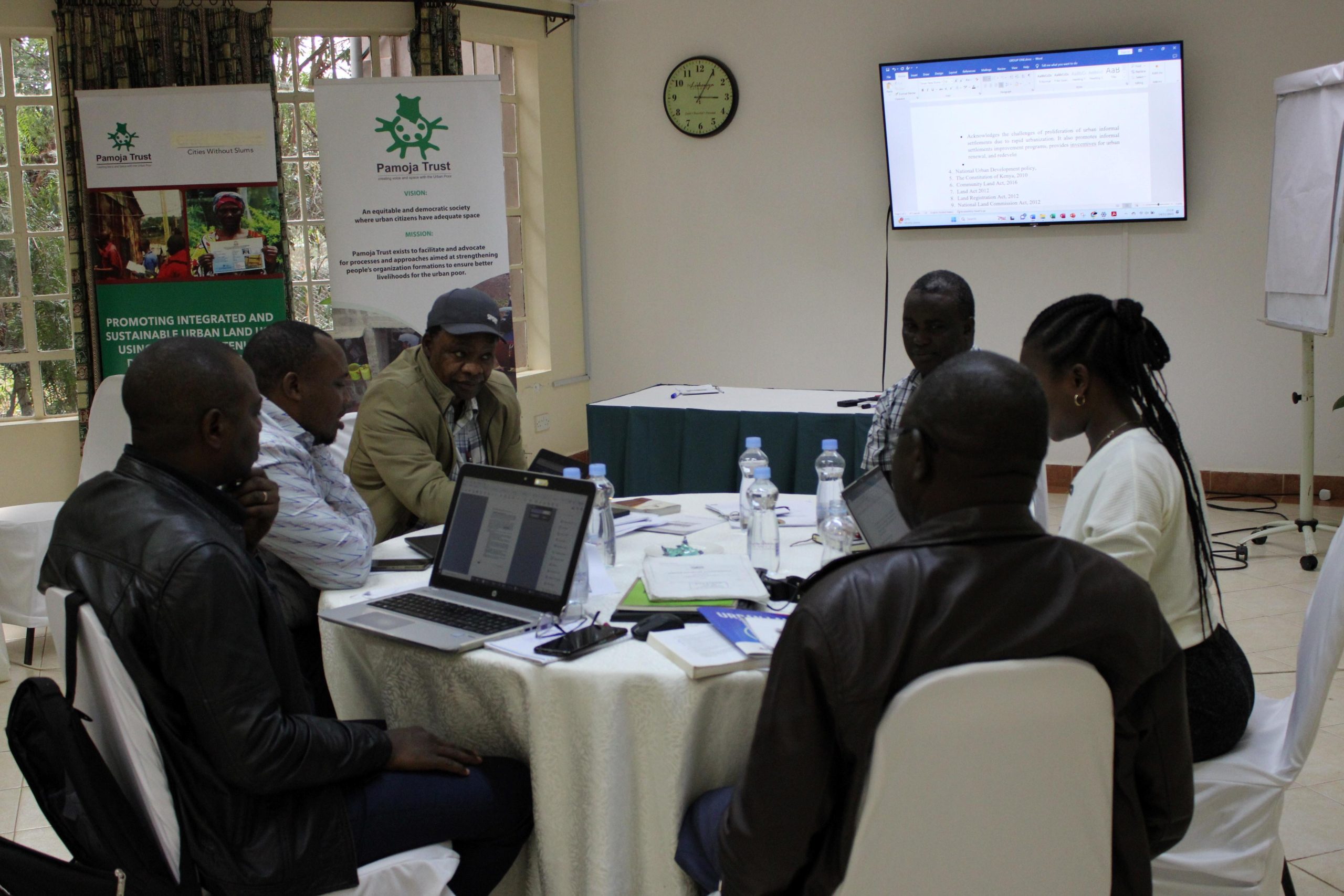
The writeshop was organised and facilitated by Pamoja Trust with the support of UN-Habitat and the Global Land Tool Network (GLTN). Pamoja Trust is compiling the contributions from the writeshop into a guide that can be shared with the Ministry of Lands and other relevant stakeholders. The conflicting areas in interpreting the Act were referenced and strengthened by looking at provisions in other legislations, including the Constitution of Kenya (2010) , the National Land Policy of 2009 and the Land Act of 2012 with specific reference to articles that recognise and promote application of the Act in different contexts.
Pamoja Trust is capatilizing on the knowledge gained through interactions with several settlements in Nairobi and Mombasa. Three Settlements were identified as potential candidates for this outcome once key stakeholders validate the guide. The three settlements – Mashimoni and Mabatini in Nairobi and Mnazi Moja in Mombasa – made a collective decision to register the land that they have occupied as community land. Past experiences in individual land titling in informal settlements has led to displacement during subsequent land transactions and this is part of the rationale being used to justify the need for recognition of collective rights to land. Similarly, for the past two years, Pamoja Trust and GLTN have promoted alternative approaches of participatory land governance through capacity building and sensitization on critical issues of tenure security and development . Hence, the aforementioned informal settlements have improved land governance structures, including structured and knowledgeable leadership on land regularization and community land registration procedures, resource centers where information about the settlement and community members is stored and managed through local land information management systems. The experiences gathered from the implementation of Kenya Informal Settlement Improvement Program (KISIP) and opportunities created by it has also informed this deliberation heavily.
Consequently, it was evident that the Act supports formalizing land rights in informal settlements. There is a strong foundation within the Act to enrich the interpretation in conjunction with other legislation. The need for its application is invoked through the consensus-building process demonstrated by the three settlements, where a participatory-driven approach is needed to address all conflicts and other interests on the land. The first draft of the guide is expected to be complete by the end of this year upon which further consultation will be done to inform the next steps, including further validation of the document.


